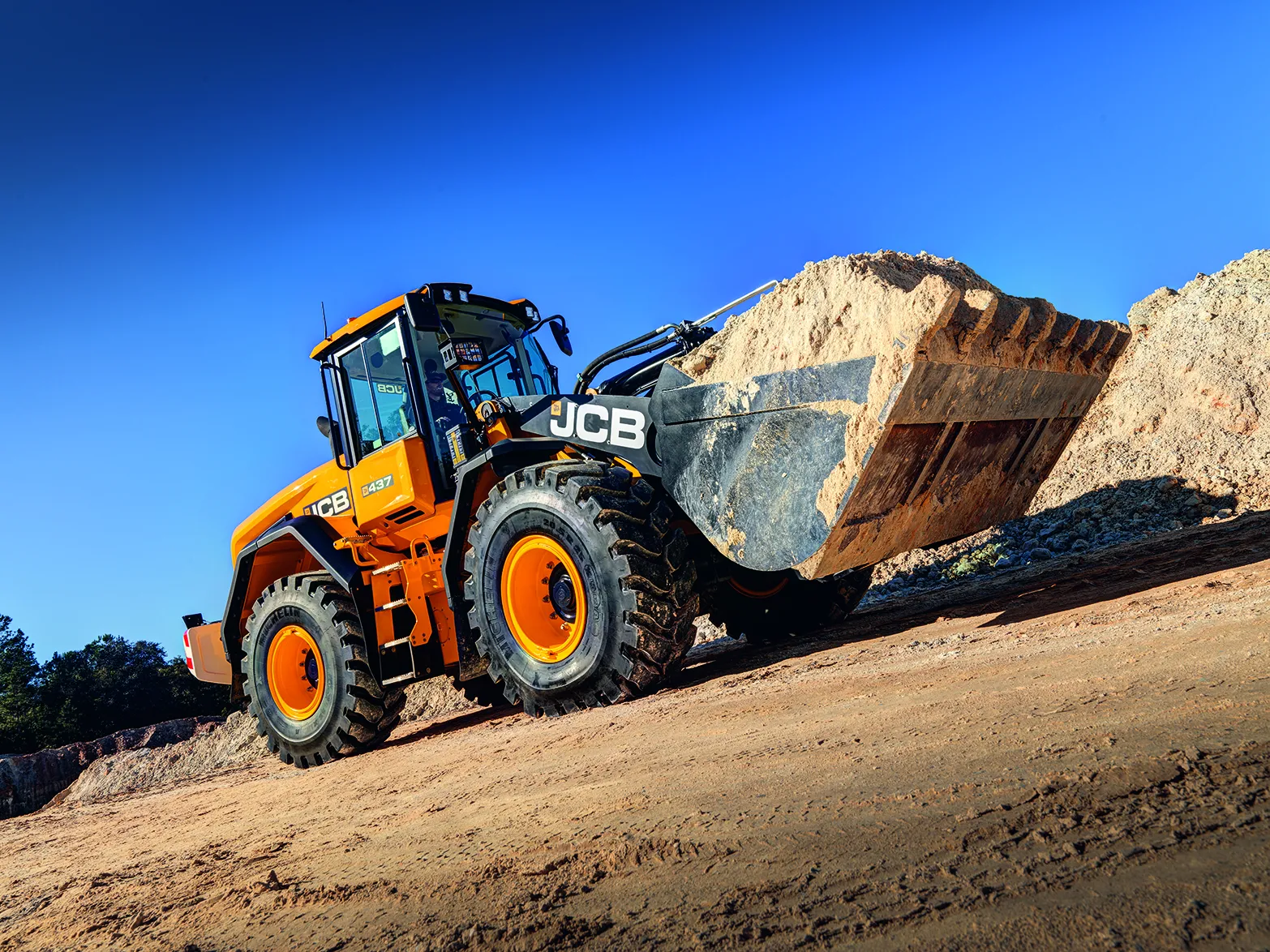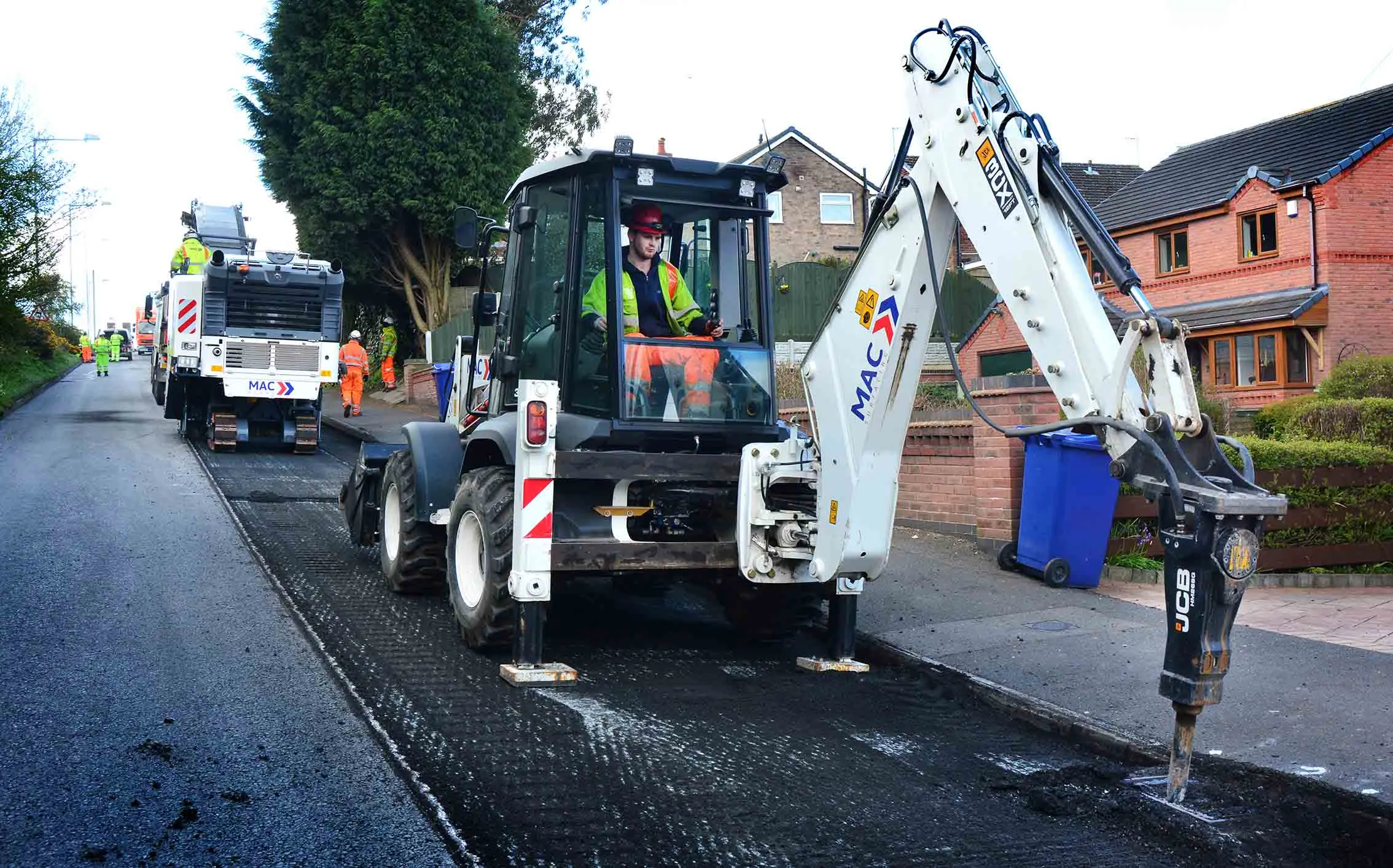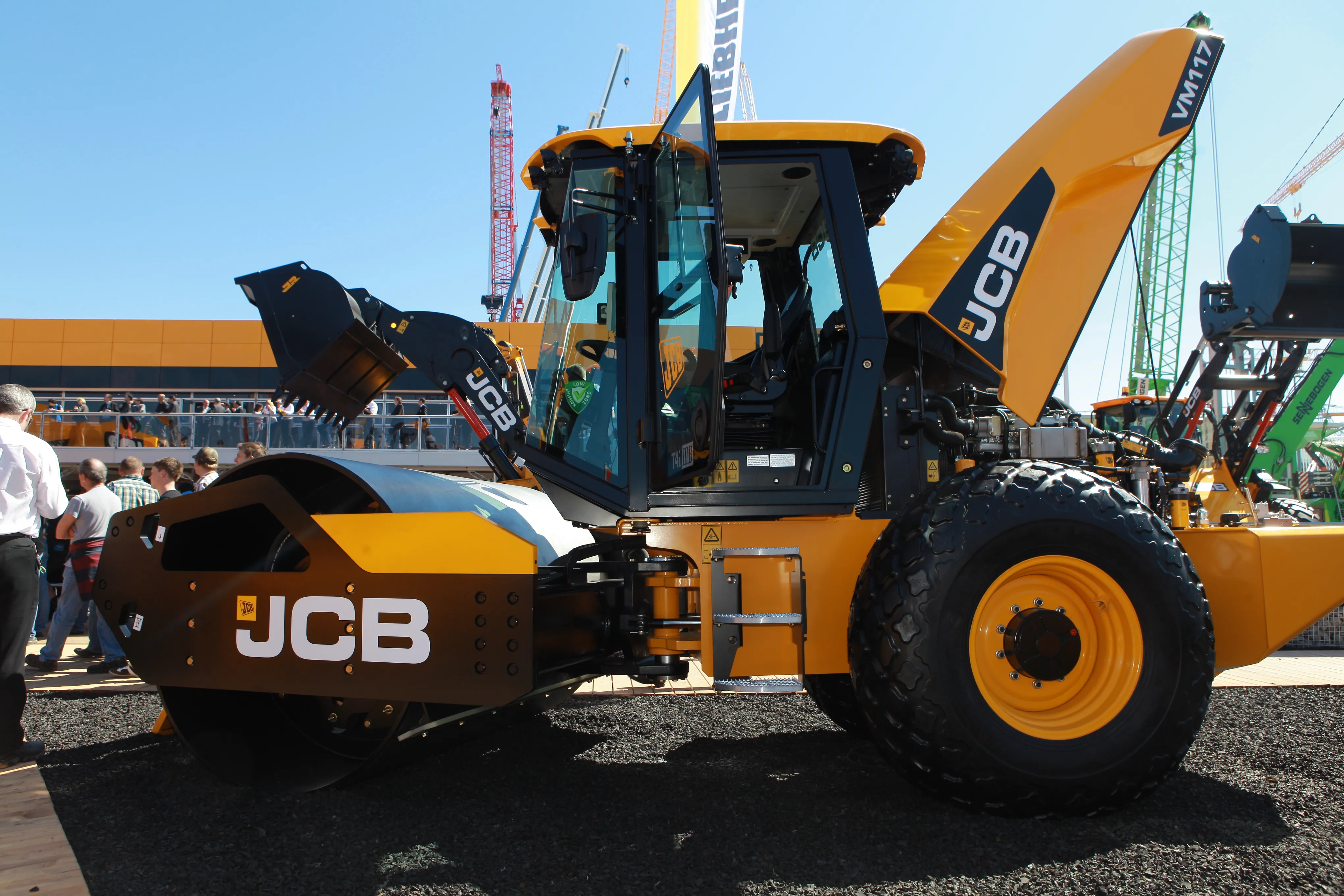JCB is updating four of its wheeled loading shovels, introducing DNA from the range-topping 457 that was launched last year. The 427 and 437, along with the smaller 411 and 417, will all use a version of JCB’s CommandPlus cab. With B pillars moved out to the same width as the rear of the cab, the CommandPlus delivers a panoramic view to the working area. JCB’s Command Driving Position , with revised pedals, an adjustable steering column and seat-mounted hydraulic controls, further improves the driving envir
March 14, 2016
Read time: 2 mins

The smaller 411 and 417 loaders are powered by JCB’s EcoMax Tier 4 Final/Stage IV diesel engines, delivering 81kW (108hp) and 108kW 9125hp) respectively. The heavier 427 and 437 make use of
The Stage IV loaders feature a single-piece engine cover that can be electrically or manually lifted to provide improved service access to the engine and cooling pack. A range of loader arms is available, with optional Wastemaster packages for waste handling duties.
All videos







